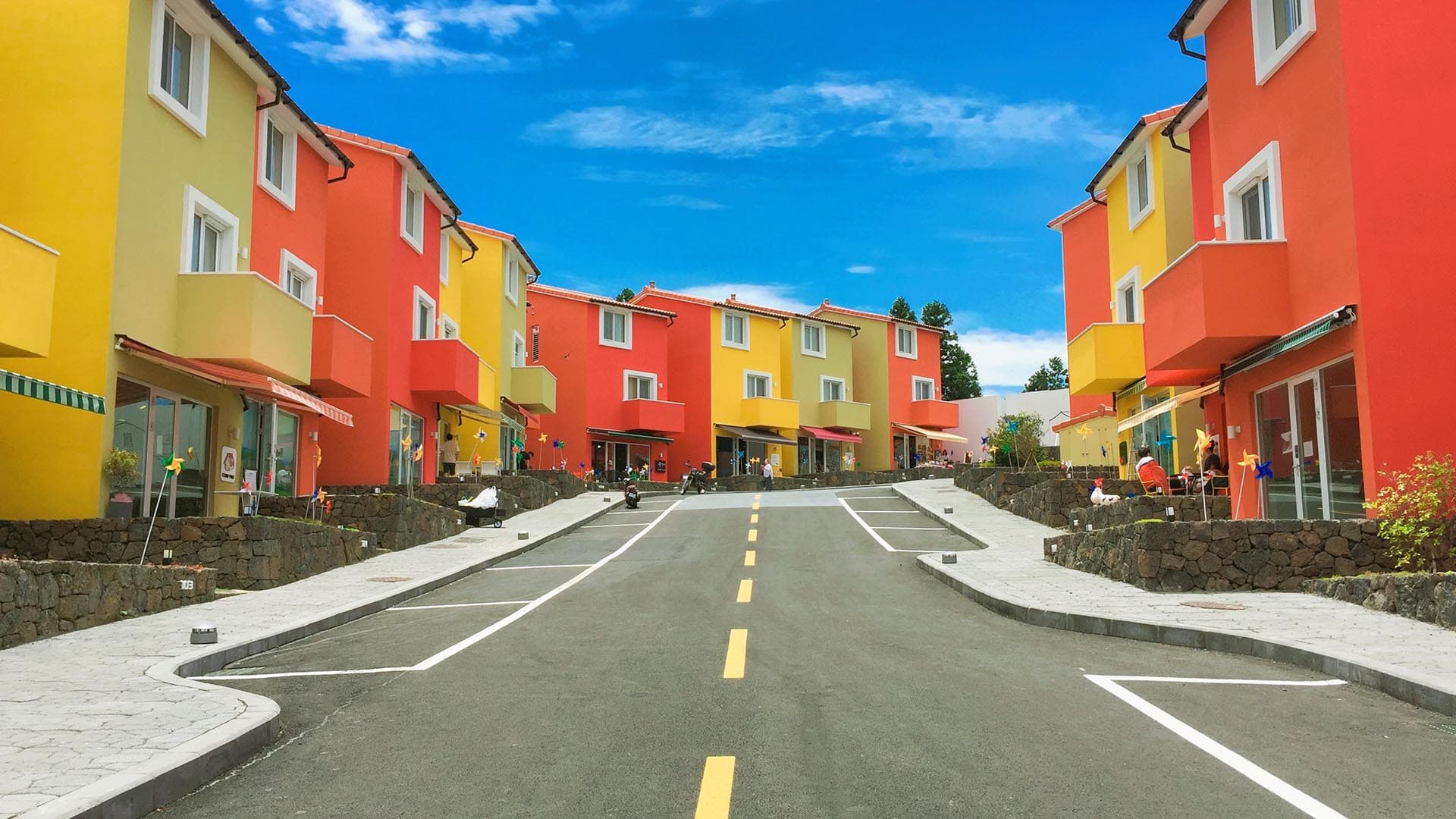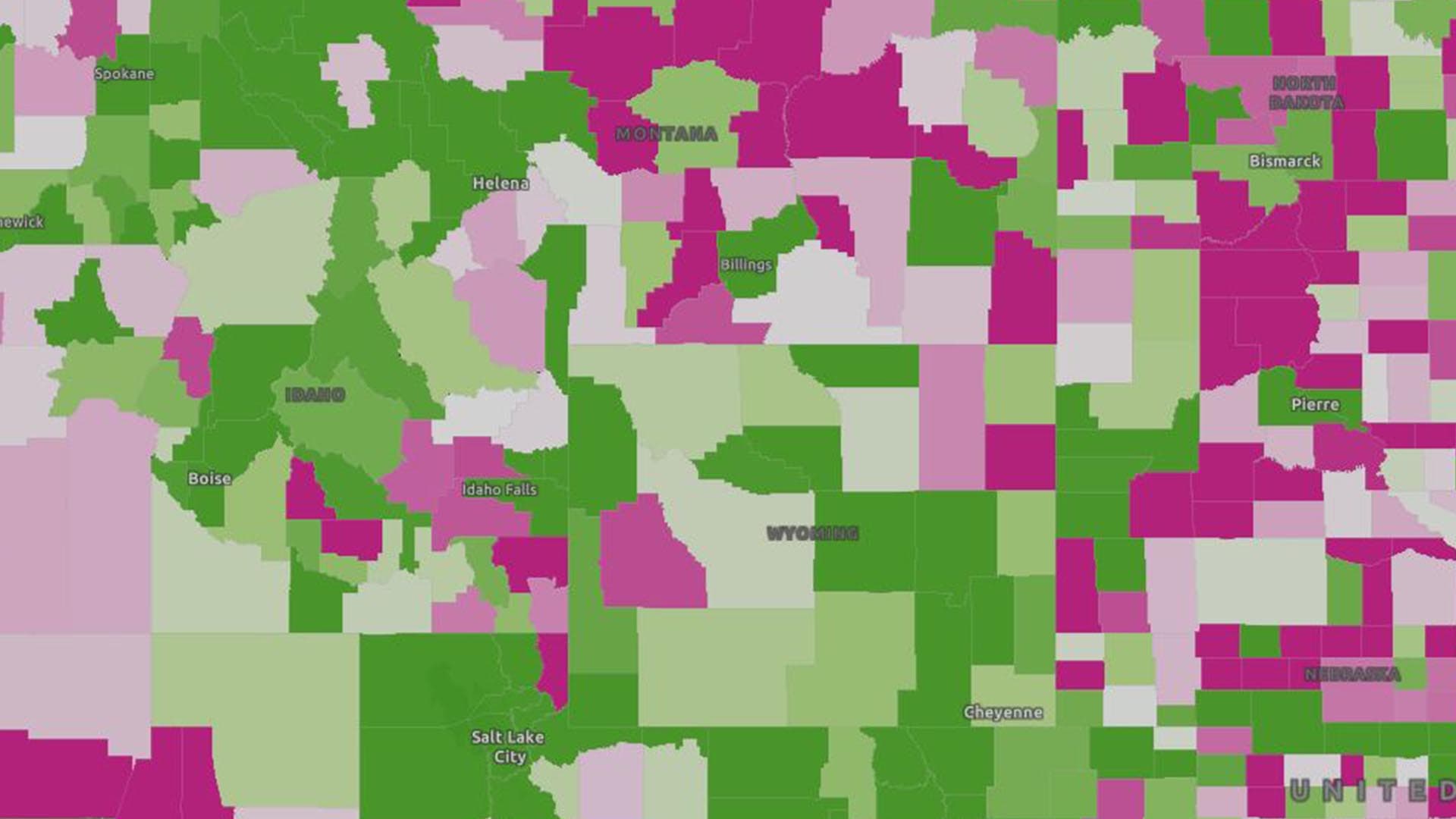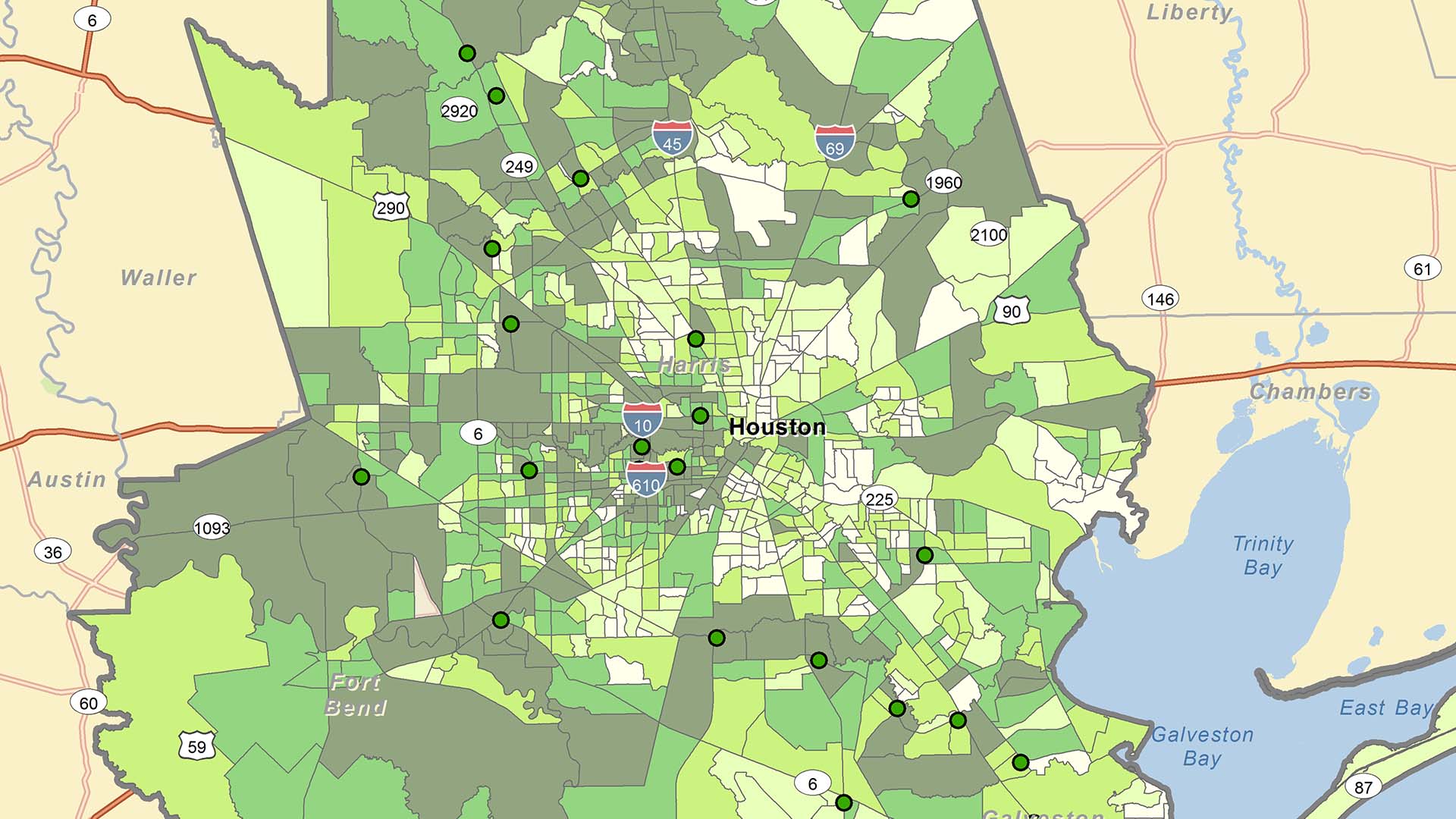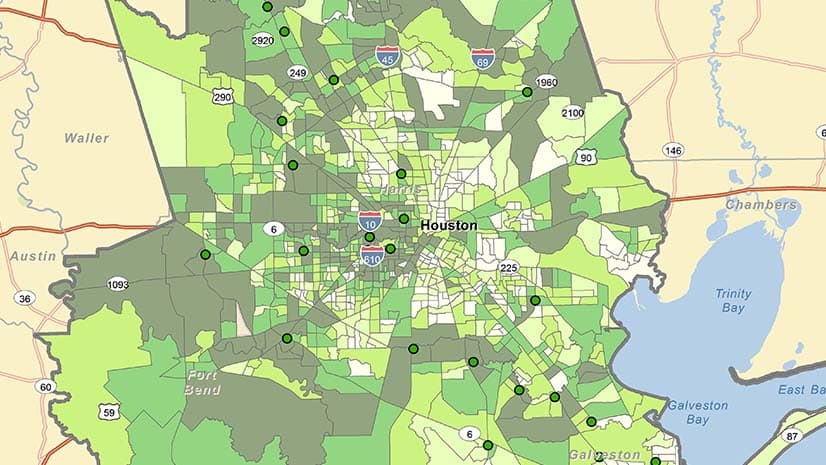As executives weigh a severe labor shortage and employees worry about returning to in-person work during the COVID-19 pandemic, forward-thinking organizations are using location intelligence to improve workplace wellness and provide peace of mind for those returning to campuses.
Some emerging office models call for fewer workers in an organization’s physical spaces but more attention to workplace wellness for those on-site. That means creating an atmosphere where employees feel that their health is a top priority, and that they have the information needed to navigate the workplace without stress.
Innovative business leaders are managing this new work environment with digital twin technology, which creates a virtual representation of the organization and its operations. A full-featured digital twin incorporates insight from a geographic information system (GIS), providing managers and employees spatial context that supports a safe and productive workplace.
Workplace Wellness and the New Office Culture
The percentage of employed persons working remotely nearly doubled in 2020, peaking at 42 percent, as millions of workers stayed home due to the pandemic, according to the US Bureau of Labor Statistics. The twist was that the job quit rate also jumped significantly, pushing job openings to 11 million. That trend, dubbed the Great Resignation, continues to unsettle businesses across the US.
Among the employees who remain, nearly half are uncomfortable with the idea of returning to the office for in-person duties, according to Stress in America, a 2021 report from the American Psychological Association.
For job seekers, having a choice of work environments and locations has become a pivotal factor in work-life balance. Well more than half want to work remotely after the pandemic, while 39 percent want a hybrid work environment, according to a report from FlexJobs.
Sensing this shift in worker preferences, industry leaders are using every tool at their disposal to create inviting, welcoming office environments that emphasize workplace wellness.

With corporate office reopenings looming, business leaders charged with crafting a vision for the COVID-19-era workplace are turning to technology for design insight and competitive advantage.
The Marriage of Technology and Workplace Wellness
Digital tools eased the transition to remote work when COVID-19 emerged, and the same technology will play a central role in shifting the new work experience toward wellness.
Indoor mapping applications allow users to see the layout of office and meeting spaces before arriving on campus. This version of a digital twin combines computer-aided design (CAD) and building information modeling (BIM) drawings with a location-aware GIS application.
From the desktop or a mobile app, managers and employees can compare spaces that might be suitable for a meeting or solitary work and submit reservation requests. The locations of rooms, colleagues, even hand sanitizer stations are displayed on an intuitive map.
The technology can promote workplace wellness by showing guidelines on room use and capacity, as well as schedules for when spaces will be deep cleaned. Operations personnel might consult a smart map to see where and when HVAC filters should be replaced to ensure healthy indoor air.
Back to Work, with a Digital Assist
The profusion of IoT-connected devices and building equipment offers solutions for creating a more welcoming workplace. Technologies like smart maps can also help employers meet federal requirements for providing a safe workplace.
Indoor spaces that support wellness are a smart choice for other reasons, according to the International WELL Building Institute (IWBI). The WELL Building Standard includes seven factors for protecting the well-being of occupants, including air, light, water, and comfort. Mindful employers can provide occupants with relaxation spaces, regular information about the indoor environment, and state-of-the-art technology to manage wellness at work.
In fact, workplace designs that prioritize the well-being of people above other concerns are linked with increased productivity and an ability to attract and retain employees, clients, and investors, IWBI research has found.
Making health and resilience organizational priorities can create healthier work communities as the business world emerges from the grips of a pandemic.
The Esri Brief
Trending insights from WhereNext and other leading publicationsTrending articles

December 5, 2024 |

July 25, 2023 |

November 12, 2018 |

April 1, 2025 |

April 29, 2025 |

February 1, 2022 |





